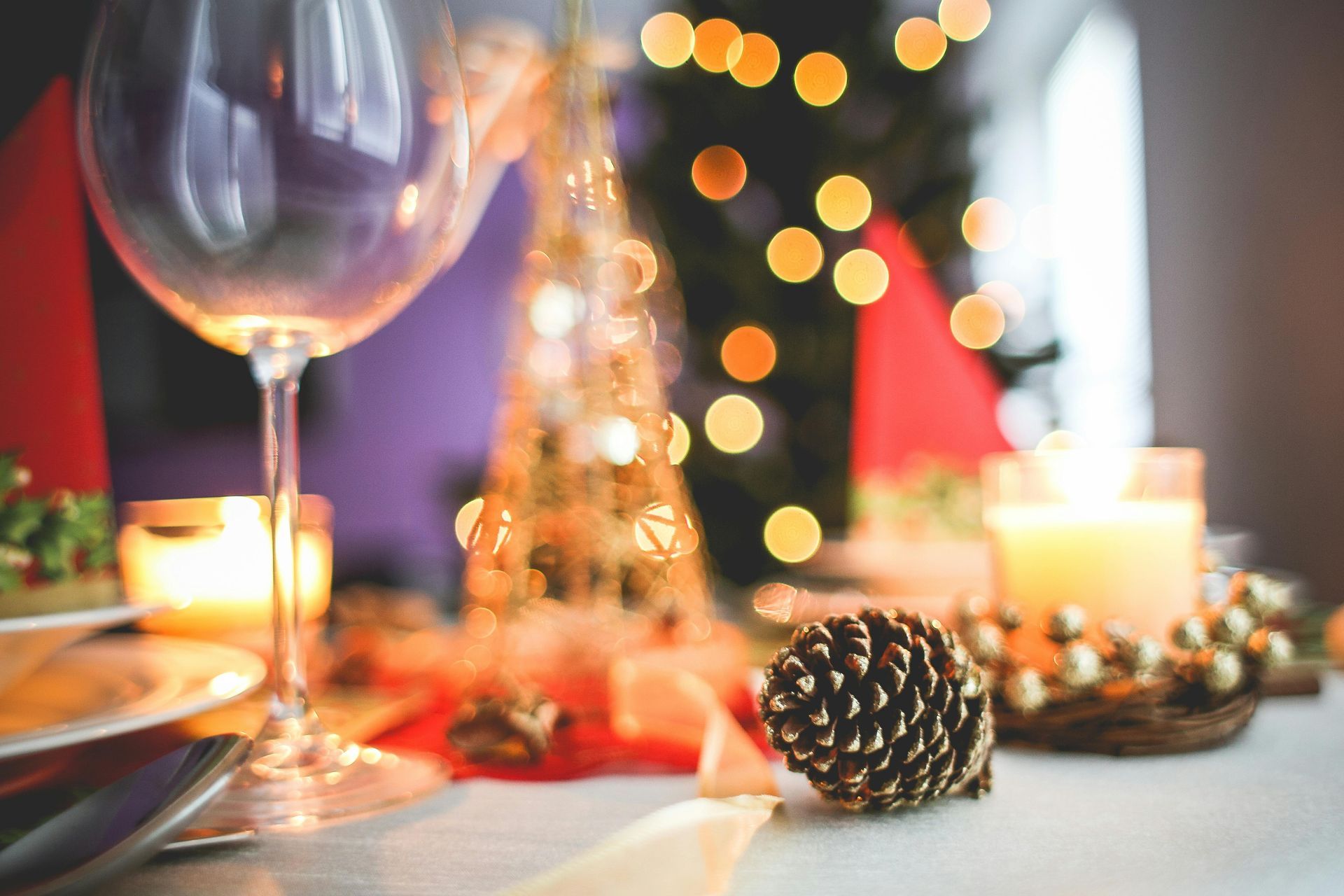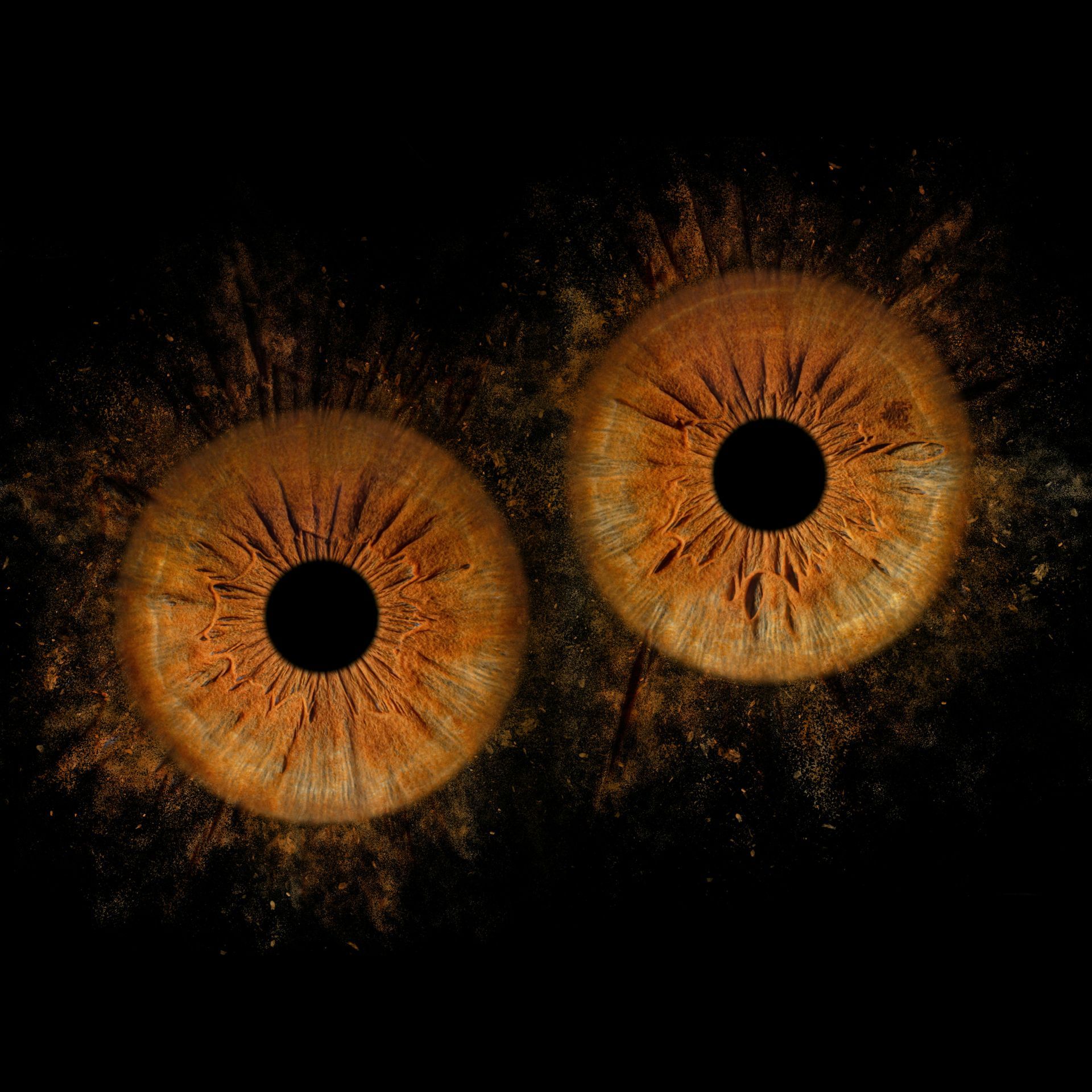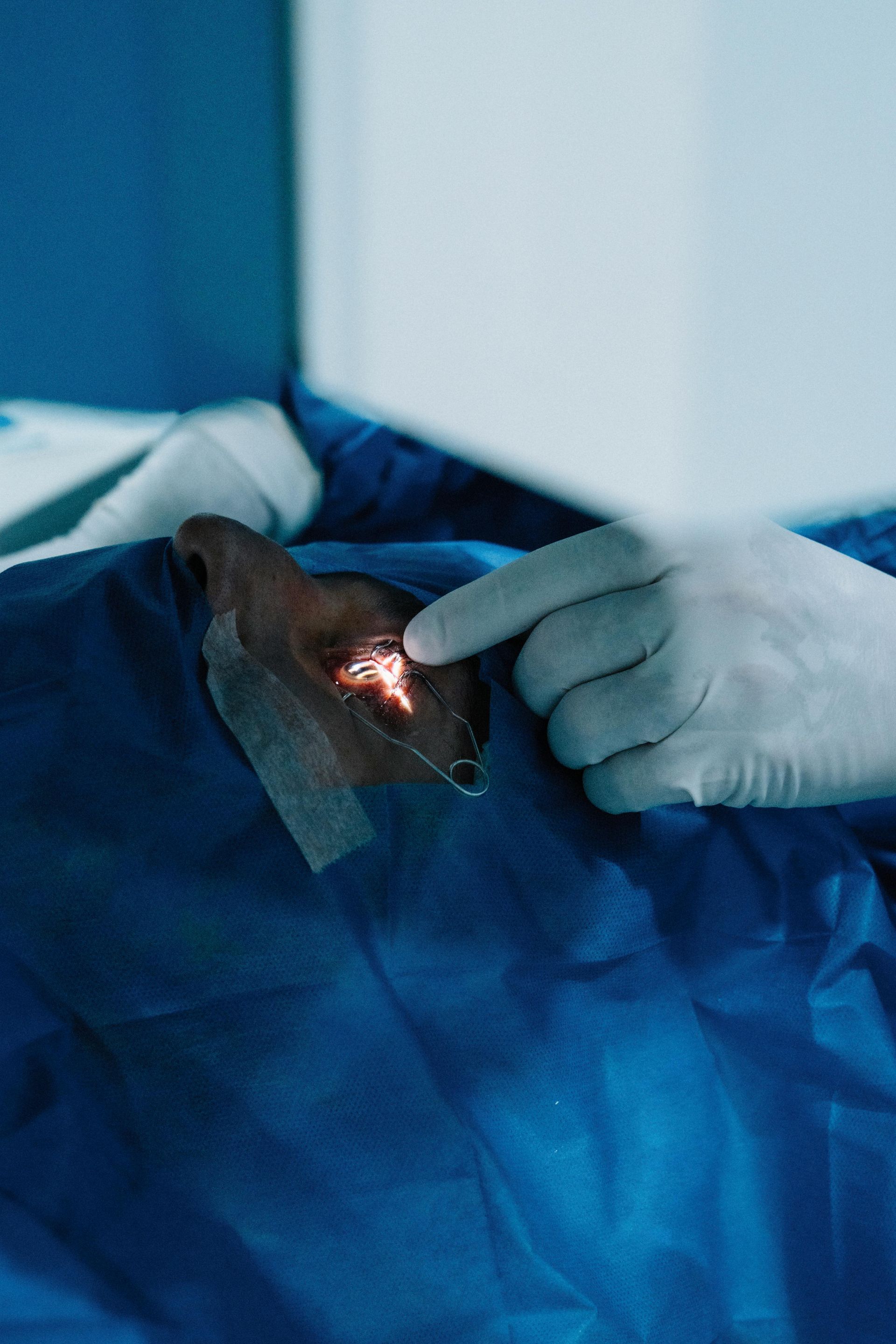360 degree vision, how is that possible??

Blog vol 3. 44. 360 degree vision, how is that possible??
It is possible, 360 degrees is the field of vision of the American Woodcock, otherwise known as the Timberdoodle (I like this name better). We as humans have at most 200 degrees of vision, however we do have much more binocular vision than the Woodcock. The eyes of the Woodcock are set so far apart that the visual fields of each eye only overlap for 5 degrees, right in front of the bird. A young human can have up to 135 degrees of overlap between the right and left eyes, providing excellent depth perception and enhanced visual acuity.
The bird does not need the depth perception, the wide field of vision is much more useful.
The Woodcock nests on the ground and spends very little time in the air, except when migrating or when seeking a mate in the spring. Predators are a major problem for a ground nesting bird, so literally having eyes in the back of your head (and we thought only human mothers had that) or in this case on top of your head, is a matter of survival as they can see a full 360, no movement necessary.
There is even some suggestion that the brain of the Woodcock can multitask with these wide angle receptors: watching for a Marsh Hawk or a fox with one eye and at the same time detecting a juicy worm for eating with the other (remarkably, humans do this when watching children and making supper, all without 360 degrees of vision).
Spring is the time to be on the lookout, with the males at dusk making a “peenting’ sound and flying upward in a wide spiral getting as high as 75-100 meters, then his wings twitter and he descends in a zig-zag pattern, chirping and then hopefully lands near a female in the grass. You can look for Timberdoodles in fields that are left fallow. They are nocturnal, getting more active at dusk, and then with their long needle-like bills digging in the ground for worms and other juicy invertebrates.
The males will mate with multiple partners. The mothers care for the babies briefly with the chicks leaving the nests after three or four days. The Cornell Lab is an excellent resource for all your birding questions.
So the next time you hear someone tell you that you have eyes like a Timberdoodle, make sure you thank them.
‘til next week,
the good doctor






